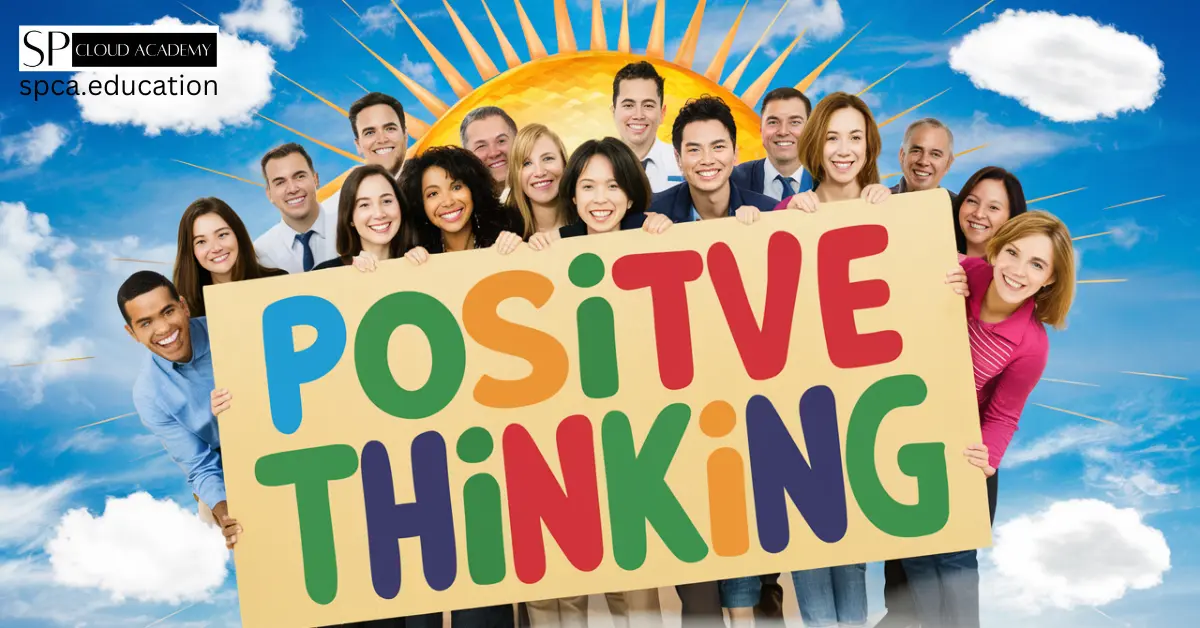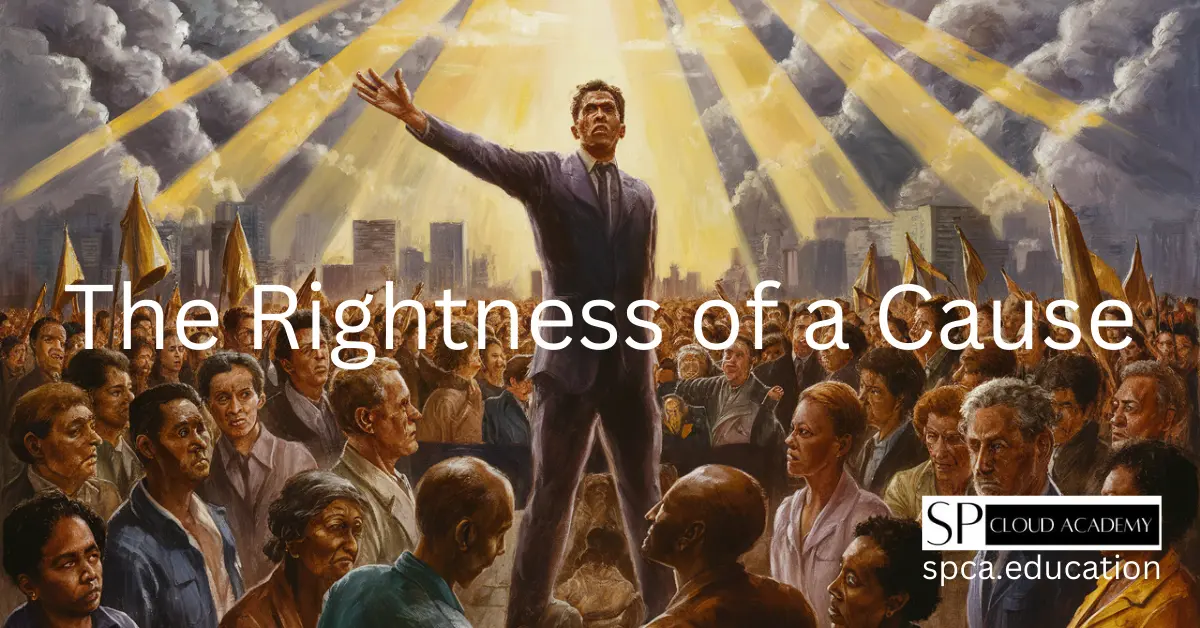In a world where the boundaries between right and wrong often blur, how do we find our way through the tangled web of modern morality? Every day, we’re confronted with causes and movements—climate change activism, social justice campaigns, technological ethics—that demand our attention and allegiance. Each claims to represent the “right” path, but how do we decide? This is where our moral compass steps in—a personal and collective guide that helps us navigate ethical dilemmas and determine the justness of a cause.
But what is a moral compass, exactly? It’s an internal framework of values and principles that shapes our understanding of right and wrong. In today’s fast-paced, interconnected society, where cultural shifts, technological advancements, and global challenges constantly redefine our perspectives, a well-tuned moral compass is more essential than ever. It not only influences our personal choices but also helps us evaluate the myriad causes vying for our support.
In this in-depth article, we’ll explore the concept of the moral compass and how it applies to understanding the rightness of a cause in modern society. We’ll dive into its evolution, examine philosophical perspectives, analyze the role of societal forces, and tackle the unique moral challenges of our time. Through practical frameworks and real-world case studies, we’ll equip you with the tools to assess causes ethically and thoughtfully. Whether you’re pondering the morality of climate activism or grappling with social justice debates, this guide will help you navigate the complexities of today’s ethical landscape.
The Evolution of Morality: How Moral Standards Have Changed Over Time
Morality isn’t carved in stone—it shifts with time, culture, and societal progress. Understanding how our moral compass has evolved provides critical context for evaluating causes in the modern world.
Historical Shifts in Moral Standards
History is full of examples where moral norms have transformed dramatically. Take slavery, for instance. Once widely accepted and even morally defended as an economic necessity or divine order, it’s now universally condemned as a violation of human rights. The abolitionist movement, fueled by a growing awareness of equality and dignity, reshaped societal morality, proving that what’s deemed “right” can change as our understanding deepens.
Similarly, women’s rights have seen a seismic shift. A century ago, denying women the vote or property ownership was justified on moral grounds—claims of “natural” roles rooted in tradition. Yet, through persistent activism and changing norms, gender equality has become a pillar of modern ethics. Today, denying women equal rights is seen as morally indefensible in most societies.
More recently, the LGBTQ+ rights movement has challenged long-held moral views. Behaviors once criminalized or stigmatized are now celebrated as expressions of identity and love, with same-sex marriage legalized in many nations. These shifts show that morality is dynamic, molded by advocacy, education, and evolving notions of justice.
Cultural Variations in Morality
Morality also differs across cultures, adding layers of complexity to our moral compass. In some societies, arranged marriages are a moral duty, honoring family and tradition. In others, individual choice reigns supreme, and anything less feels coercive. Likewise, attitudes toward animal rights vary—vegetarianism might be a moral imperative in one culture, while sustainable meat consumption is the ethical focus in another.
These differences underscore that context matters. A cause deemed “right” in one cultural setting might clash with values elsewhere, challenging us to balance universal principles with cultural sensitivity when calibrating our moral compass.
Philosophical Perspectives on Morality: Frameworks for Understanding Right and Wrong
To evaluate the rightness of a cause, we need tools—and philosophy offers some of the best. Let’s explore key ethical theories that can sharpen our moral compass.
Utilitarianism: The Greatest Good for the Greatest Number
Rooted in the ideas of Jeremy Bentham and John Stuart Mill, utilitarianism judges an action’s morality by its outcomes. A cause is right if it maximizes happiness or well-being for the most people. For example, climate change activism might score high here—its goal of preventing ecological disaster benefits billions. But there’s a catch: utilitarianism might justify harming a minority if it serves the majority, raising questions about fairness.
Deontology: Duty and Moral Rules
Immanuel Kant’s deontology focuses on rules and duties, not consequences. Actions are right if they follow universal moral principles—like “don’t lie” or “respect autonomy.” A cause like free speech advocacy might align with deontology, upholding individual rights regardless of outcomes. However, its rigidity can falter in gray areas, like lying to save a life.
Virtue Ethics: Building Moral Character
Aristotle’s virtue ethics centers on character—cultivating traits like compassion, courage, and honesty. A cause is right if it helps us become better people. Supporting a movement fostering empathy, like refugee aid, might shine here. Yet, what counts as a virtue can vary, making it less concrete than other frameworks.
Moral Relativism: Context is Key
Moral relativism argues that right and wrong depend on cultural or personal context—no absolutes. It promotes tolerance but can stumble when faced with atrocities like oppression. In our diverse world, relativism reminds us to consider context, though it’s often paired with universal rights to avoid ethical drift.
These theories aren’t mutually exclusive. Combining them can offer a robust lens for assessing causes, balancing outcomes, principles, character, and context.
The Role of Society in Shaping Morality: Norms, Laws, and Institutions
Our moral compass doesn’t form in a vacuum—society plays a starring role. Let’s unpack how social forces mold our sense of right and wrong.
Social Norms: The Unwritten Rules
Social norms are the invisible guidelines steering behavior. They dictate what’s acceptable—like honesty or respect—and shift with time. In modern society, platforms like social media amplify new norms, from body positivity to mental health advocacy, influencing our moral compass on a global scale.
Laws: Morality Codified
Laws often mirror a society’s moral pulse. Bans on theft or violence reflect shared values, but laws can lag behind ethical progress—think segregation or anti-LGBTQ+ statutes. Causes challenging outdated laws, like civil rights movements, often argue that legality should catch up to morality.
Institutions: Pillars of Influence
Schools, religions, and media shape our moral framework. Education instills values like fairness, while religion offers ethical codes—think the Golden Rule. Media, especially today, frames moral debates, spotlighting causes like climate justice or racial equality. But these institutions can clash—secular and religious views often collide—leaving us to reconcile competing influences.
Together, these forces calibrate our moral compass, blending personal beliefs with collective standards.
Modern Challenges to Morality: Navigating a Complex World
Today’s world throws unique curveballs at our moral compass. Globalization, technology, and diversity demand we adapt while staying grounded.
Cultural Diversity and Moral Relativism
Multicultural societies expose us to varied moral views—think debates over religious practices versus secular rights. This diversity enriches us but can spark conflict. A strong moral compass balances respect for differences with universal principles like human dignity.
Technology and Ethical Dilemmas
Technology raises thorny questions. Is it right to sacrifice privacy for security? Should AI decide human fates in courts or hospitals? Social media amplifies causes but risks slacktivism—liking a post isn’t the same as action. Our moral compass must weigh innovation against ethics.
Globalization and Moral Responsibility
Global awareness—of poverty, climate crises, or conflicts—expands our moral duty. But it can overwhelm. Do we prioritize local needs or global ones? A modern moral compass grapples with this scope, seeking justice across borders.
These challenges test our ability to adapt our moral frameworks without losing sight of core values.
Determining the Rightness of a Cause: A Practical Framework
So, how do we judge a cause’s rightness? Here’s a flexible, five-step framework to guide your moral compass.
1. Assess Impact on Human Rights and Dignity
Does the cause uphold equality, freedom, and respect? Movements like Black Lives Matter or #MeToo, which champion marginalized voices, often shine here.
2. Consider the Consequences
Will the cause reduce harm or boost well-being? Climate activism’s aim to avert disaster scores high, but weigh trade-offs—like economic impacts—carefully.
3. Evaluate the Means, Not Just the Ends
Noble goals don’t justify unethical tactics. Gandhi’s non-violent resistance shows how ethical means bolster a cause’s moral weight.
4. Reflect on Personal and Collective Values
Does the cause align with your beliefs and society’s standards? Critical thinking ensures you’re not just following the crowd.
5. Seek Diverse Perspectives
Listen to varied voices—especially those affected—to broaden your view. Immigration debates, for instance, gain depth from immigrants’ stories.
This framework blends ethical theories and practical steps, empowering you to assess causes thoughtfully.
Case Studies: Applying the Framework to Contemporary Causes
Let’s test this framework on three modern movements: climate change activism, Black Lives Matter (BLM), and #MeToo.
Climate Change Activism
- Human Rights: Protects vulnerable groups from environmental harm.
- Consequences: Aims to prevent global catastrophe.
- Means: Mostly peaceful—protests, policy pushes.
- Challenges: Economic costs for some industries.
- Verdict: Morally strong, balancing universal good with ethical action.
Black Lives Matter
- Human Rights: Fights for racial equality and safety.
- Consequences: Seeks systemic change for justice.
- Means: Largely peaceful, though some unrest sparks debate.
- Challenges: Accusations of divisiveness.
- Verdict: A compelling cause rooted in dignity, despite tactical critiques.
#MeToo
- Human Rights: Promotes autonomy and respect.
- Consequences: Drives accountability and cultural shifts.
- Means: Storytelling and discourse—ethical and effective.
- Challenges: Risks of overreach or lack of due process.
- Verdict: Morally vital, advancing dignity with room for refinement.
These analyses show how complex—and context-specific—moral judgments can be.
The Future of Morality: What Lies Ahead?
Our moral compass will keep evolving as new challenges emerge. Here’s a glimpse at what might shape it.
Biotechnology and Ethics
Gene editing or cloning could eliminate diseases but risks ethical pitfalls. How do we ensure fairness and avoid “designer” humans?
AI and Moral Responsibility
As AI grows, who’s accountable for its choices? Aligning it with human values will be a moral frontier.
Global Justice and Climate Ethics
Climate change will push us to redefine responsibility—should rich nations pay more to help poorer ones adapt?
Adaptability, rooted in justice and empathy, will define tomorrow’s moral compass.
Conclusion: Charting the Moral Path Forward
Determining the rightness of a cause in modern society is no easy feat. Our moral compass is shaped by history, philosophy, society, and today’s unique challenges. By blending critical thinking, ethical frameworks, and empathy, we can evaluate causes with clarity and compassion.
Morality is a journey, not a fixed point. As we face the future—be it biotech breakthroughs or global crises—let’s keep refining our moral compass. It’s our guide to a world where justice, dignity, and the greater good light the way.
See Also
-

The Ultimate Guide to Solo Tourism: How to Travel the World on Your Own
-

Change Your Mindset, Change Your World: The Power of Positive Thinking
-

Home Automation and Security Systems Using AI and IoT
-

The Ultimate Amazon Shopping Guide: Tips and Tricks for Maximum Savings
-

Finding Calm in a Cup: The Art of Relaxation with Coffee
-

The Creative Edge: How to Foster Imagination in Your Daily Life
-

Transform Your Life with These Must-Watch Inspirational Movies
-

Unlock the Secrets of Smart and Lovely Living: A Guide to Enhancing Your Lifestyle
-

Achieving Optimal Growth and Well-being: A Guide to Thriving in Daily Life
